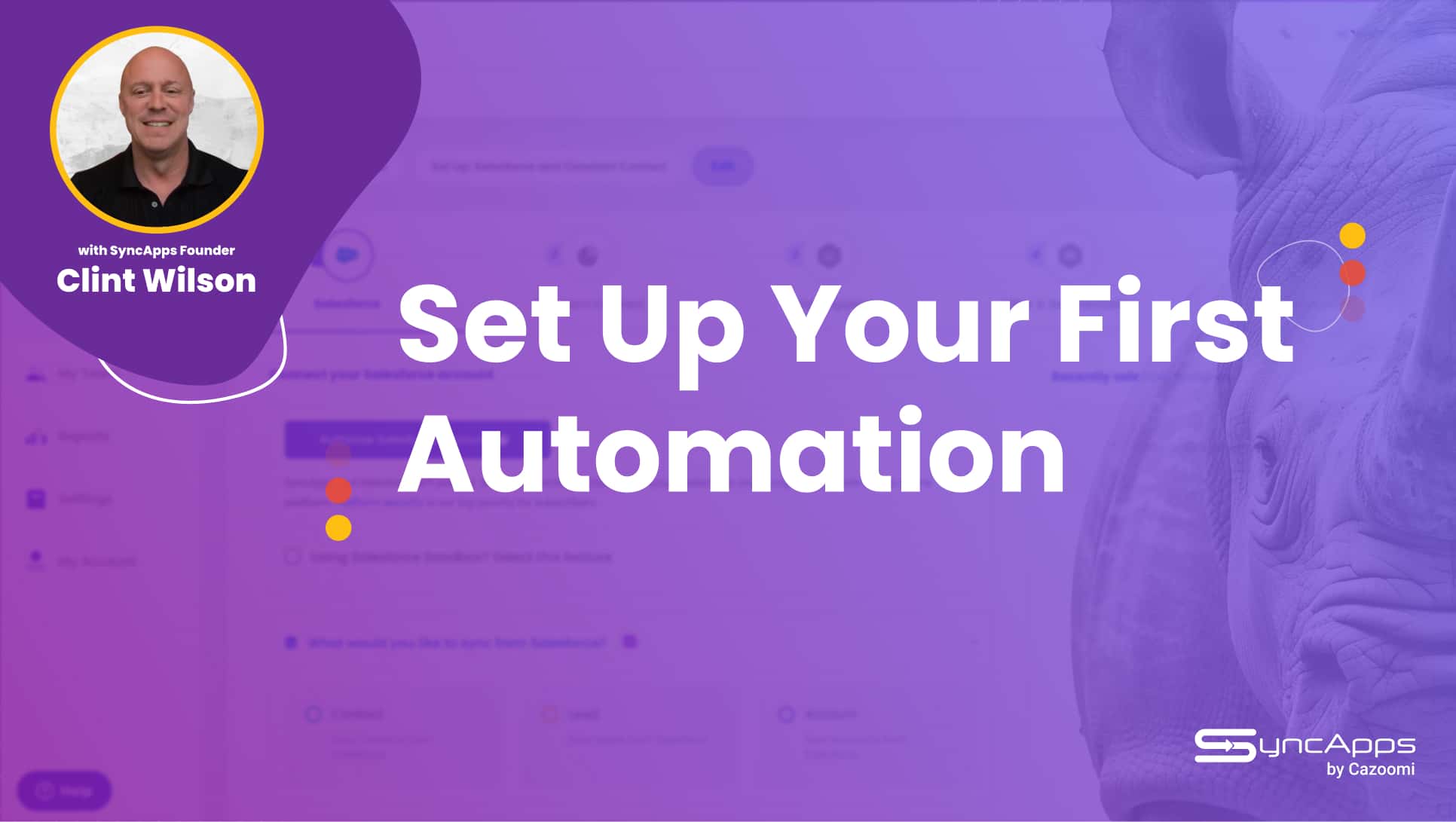The Complete Guide to Marketing Automation Types in 2025
Did you know that 76% of companies implementing marketing automation generate ROI within the first year? Yet many businesses still struggle to choose the right type of automation for their needs.
In this comprehensive guide, we’ll explore the various types of marketing automation and help you determine which ones align best with your business objectives.
- Understanding Marketing Automation Basics
- Email Marketing Automation
- Social Media Automation
- Lead Management Automation
- Analytics and Data Automation
- Customer Experience Automation
- Pricing and Promotion Automation
- Implementation Strategies
Understanding Marketing Automation Basics
Marketing automation is more than just a buzzword – it’s a fundamental shift in how businesses handle repetitive marketing tasks. But before we dive into specific types, let’s clear up some common misconceptions.
What Marketing Automation Is (And Isn’t)
- Is: A strategic approach to streamline marketing processes
- Is: A way to enhance personalization at scale
- Is: A tool for better data-driven decisions
- Isn’t: A “set it and forget it” solution
- Isn’t: A replacement for human creativity
- Isn’t: Only for large enterprises
Marketing Automation 101: The Definitive Guide
Marketing Automation 101: The Definitive Guide for 2024
Email Marketing Automation
Email automation remains one of the most powerful types of marketing automation. According to our research, effective email automation can significantly impact your marketing success.

Key Components of Email Automation:
- Lead Generation Forms
- Custom form creation
- Data capture optimization
- Integration with CRM systems
- Welcome and Nurturing Sequences
- Automated welcome series
- Behavior-triggered emails
- Engagement tracking
- Performance Analytics
- Open rate tracking
- Click-through analysis
- Conversion reporting
Marketing automation can help businesses by: Increasing efficiency, Providing a more personalized experience for customers, Collecting valuable data for more personalized marketing campaigns, and Increasing conversion rates.
Social Media Automation
Social media automation has evolved beyond simple scheduling. Today’s tools offer sophisticated capabilities for content management and engagement tracking.
Essential Social Media Automation Features:
| Feature | Benefit | Implementation Complexity |
| Content Publishing | Consistent posting schedule | Low |
| Monitoring | Real-time brand mentions tracking | Medium |
| Analytics | Performance optimization | Medium |
Want to learn more about specific automation strategies? Check out our detailed guide on lead generation through marketing automation.
Lead Management Automation
Lead management automation is crucial for businesses looking to scale their sales operations efficiently. This type of automation helps qualify, score, and nurture leads throughout the sales funnel.

Core Lead Management Functions:
- Lead Scoring
- Behavioral scoring
- Demographic scoring
- Engagement tracking
- Lead Qualification
- Automated assessment
- Priority assignment
- Sales team notification
- Pipeline Management
- Stage tracking
- Follow-up automation
- Conversion optimization
For nonprofit organizations, these automation strategies can be particularly valuable. Learn more about marketing automation for nonprofits.
Analytics and Data Automation
In today’s data-driven marketing landscape, analytics automation is no longer optional – it’s essential. This type of automation helps businesses make sense of vast amounts of market and customer data.
Key Analytics Automation Capabilities:
Data Visualization
Automated creation of charts, graphs, and dashboards that make complex data easily digestible
Pattern Recognition
AI-powered analysis to identify trends and correlations in customer behavior
Predictive Analytics
Forecasting future trends based on historical data patterns
Pro Tip: When implementing analytics automation, start with your most critical KPIs and gradually expand your tracking capabilities.
Customer Experience Automation
Customer experience automation focuses on delivering personalized interactions at scale. This includes behavioral targeting, message personalization, and customer journey optimization.
Customer Experience Automation Components:
- Behavioral Targeting
- Website behavior tracking
- Purchase history analysis
- Interest-based segmentation
- Message Personalization
- Dynamic content insertion
- Contextual messaging
- Multi-channel coordination
Looking to enhance your tech services with automation? Check out our guide on marketing automation for tech services.

Pricing and Promotion Automation
Pricing and promotion automation helps businesses optimize their pricing strategies and promotional activities for maximum impact.
| Automation Type | Use Case | Benefits |
| Dynamic Pricing | E-commerce, Travel, Hospitality | Optimized profit margins, Competitive positioning |
| Promotional Scheduling | Retail, Services | Improved campaign timing, Better resource allocation |
| A/B Testing | All Industries | Data-driven decision making, Improved conversion rates |
Implementation Strategies
Successfully implementing marketing automation requires careful planning and consideration of your business needs. Here’s a strategic approach to getting started:
1. Assessment Phase
- Evaluate current marketing processes
- Identify automation opportunities
- Set clear objectives and KPIs
2. Selection Phase
- Compare automation solutions
- Consider integration requirements
- Assess scalability needs
Need help choosing the right automation software? Read our guide on how to assess and invest in marketing automation software.
Wrapping Up
Marketing automation comes in many forms, each serving different aspects of your business operations. The key to success lies in choosing the right combination of automation types that align with your business goals and resources.
Key Takeaways:
- Start with core automation needs first
- Focus on integration capabilities
- Measure and optimize regularly
- Keep the human element in your automation strategy
Remember: The goal of marketing automation isn’t to remove the human touch – it’s to enhance it by freeing up your team to focus on strategic, creative tasks that drive business growth.
Ready to take your marketing automation to the next level? Contact us to learn how our integration solutions can help streamline your marketing operations and drive better results.





